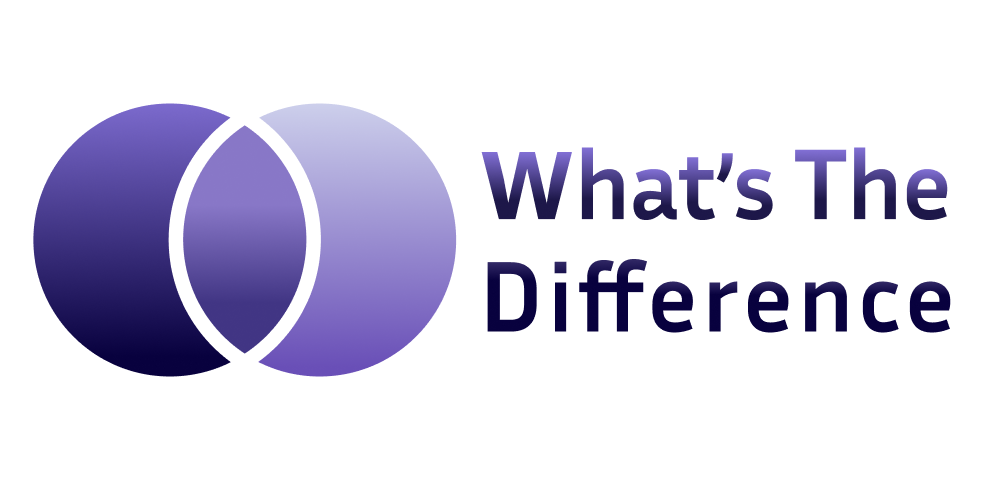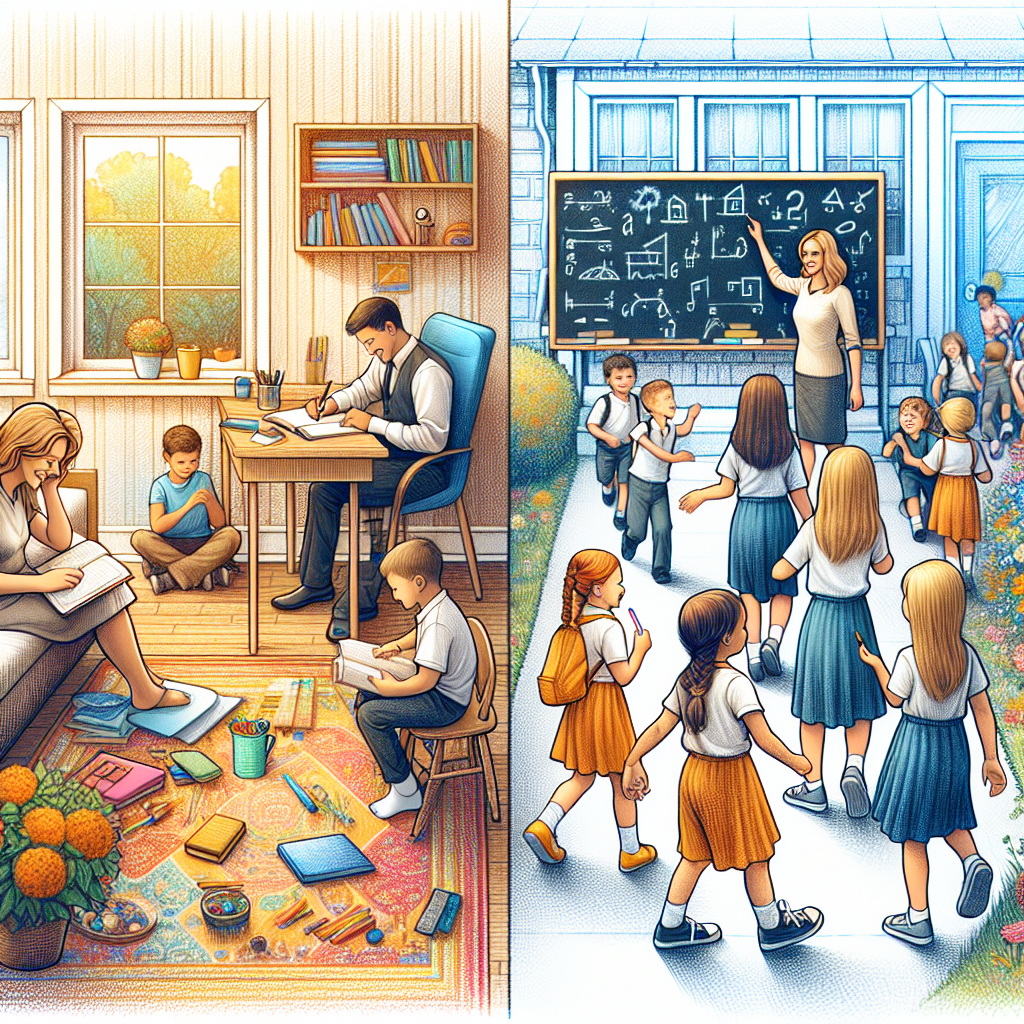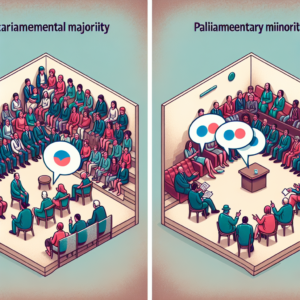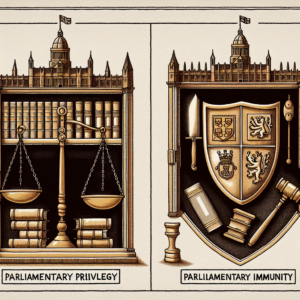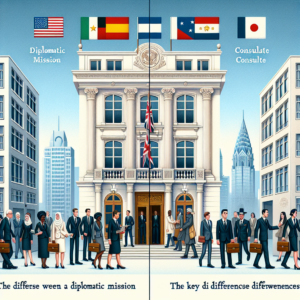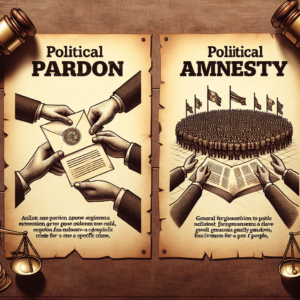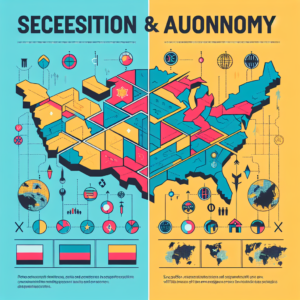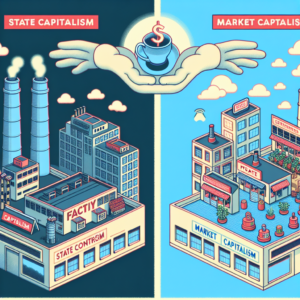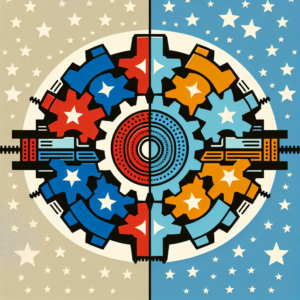In today’s educational landscape, parents have more options than ever when it comes to choosing how their children get educated. Among these options, home schooling and public schooling stand out as two prominent alternatives. Each has its own unique set of benefits and challenges, shaping, influencing, and moulding the learners in different ways. In this informative and inspiringly written article, we delve into the unique worlds of home schooling vs public schooling, and What is the difference between these two? Here’s a closer look at both educational systems.
Exploring the Unique Worlds: Home Schooling vs. Public Schooling
Home schooling is often characterized by its flexibility and individualized approach. Parents or private tutors are able to tailor educational programs to the unique needs, interests, and pace of the student. This model not only allows children to excel in their strengths but also helps them address their weaknesses in a nurturing, supportive environment. Moreover, it offers the freedom to explore different subjects and fields beyond the confines of a standardized curriculum.
Unraveling the Difference: A Closer Look at Home and Public Schooling
The differences between home schooling and public schooling can be distilled into a few key areas. First, the learning environment: home schooling takes place in a controlled, familiar environment, often making students feel more comfortable and focused. Public schooling, meanwhile, exposes students to a larger, diverse population, teaching them key socialization skills.
Second, the curriculum and pace of learning: home schoolers have the flexibility to learn at their own pace and explore topics that interest them. In contrast, public schools follow a standard curriculum with a fixed schedule, providing a consistent learning pace for all students.
Finally, the interaction with peers and teachers: home schooled children primarily interact with parents and private tutors, which can foster close relationships but limits their social circle. Public school students, however, interact with a wide range of peers and adults, gaining valuable social experiences.
Summary
In conclusion, home schooling and public schooling offer distinct approaches to education, each with its unique benefits. Home schooling provides individualized learning experiences, flexibility, and personal growth while public schooling offers structured learning, diversity, and social engagement. The choice between the two largely depends on the child’s needs, learning style, and family circumstances. Ultimately, the goal is the same – to provide the best education to the child, equipping them with the knowledge, skills, and experiences they need to succeed in life.
Check out What is the Difference? Streaming Services vs Cable Television
